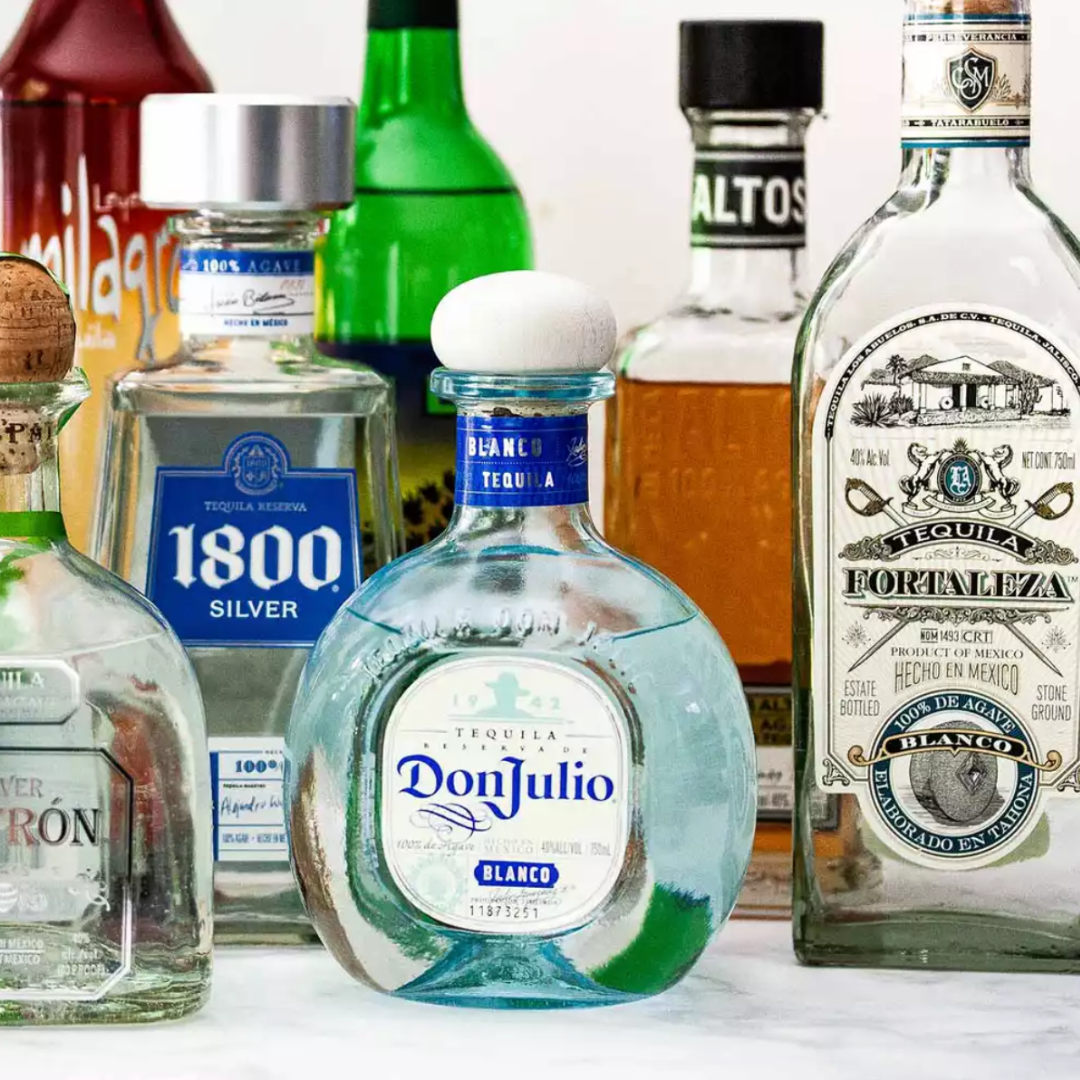
The Tequila Sign
Whenever you grab a bottle of tequila the single most important sign on the label is the word “tequila”.
Now it may sound evident to check the tequila sign, still there are way too many bottles that are trying to outsmart consumers with some clever design tricks.
These usually include Mexican references like sombreros, ranches, cactus, agave and using the labeling term 100% agave. Believe it or not, many tourists are tricked into buying cheap liquors thinking it is tequila.
Legal Protection
One of the most important things when reading the word tequila on the label is to associate it with legal protection.

You can think of it as a “Mexican Intellectual Property” protected by international trade agreements. You can even think of it as a Mexican Trademark with special rules!
Just to give you an example - back in 2018, the well-known entrepreneur Elon Musk wanted to create his own “fantasy brand” called Teslaquila.
However, in the end he failed to register his brand as the Tequila industry vetoed his application and issued a clear legal statement that his brand name sparked confusion amongst Tequila consumers. Their argument was the lack of guarantee that Mr. Musk will use agave at all for his brand and won’t produce let’s say rum or vodka.
In order to produce Tequila:
1.He would have had to find an Authorized Producer first
2. Then obtain the permission to use the word tequila from the Mexican Patent Office
3. and only then can he use his already registered brand Tesla to create his now fully legal tequila.
When a spirit becomes a legal intellectual property of a country, that is when we start talking about Denomination of Origin.
The idea of the Denomination of Origin is coming from Europe, where small artisan producers believe that the Region where a certain food, wine or spirit is produced has a signature unique effect on its taste.
So to provide promotion and protection to these small producers, Appellation of Origins, Geographical Indications and Denomination of Origins started to form and legalize themselves.
Let me give you some examples so you can understand.
Cheese is a great way to demonstrate some well known food appellations. Beaufort, Comté and Roquefort are from France, Gorgonzola is from Italy and Feta is from Greece.
There are also famous protected wines like Champagne, Bordeax, or Burgundy.
There are many origin protected spirits too like Bourbon from the United States, Scotch from Scotland and Cognac from France.
All of these food and drinks are protected by bilateral trade agreements. So let’s say the United States sign a contract with Mexico as part of a trade agreement (this is currently part of the NAFTA contract).
In the agreement, the United States accept Tequila as a Mexican Origin protected spirit and Mexico accept that Bourbon is a US Origin protected spirit, and they take all legal action to enforce this in their respective countries. Mexico will check if an imported bourbon has the appropriate legal documents and disallow bourbon’s local production. Then of course, the United States do exactly the same with tequila.
To further demonstrate how Tequila fits into the landscape of denominations is like this:
Cognac is the famous brandy produced in and around the town of Cognac, whereas Tequila is the famous mezcal(!) which is produced in and around the town of Tequila.
Yes, you heard it correctly, Tequila used to be referred to as mezcal vino de Tequila, so essentially it is a mezcal.
Denomination of Origin
So let’s look at the map and see which Mexican States are allowed to produce Tequilas.
The denomination of Origin includes the whole State of Jalisco (that is where the town of Tequila is located) and parts of the following states: Nayarit, Guanajuato, Michoacán and Tamaulipas.
Most of the producers are located in Jalisco and that is where the majority of the tequila is produced. This is why you will find a lot more references to Jalisco vs. the other states when someone is talking about tequila.
Denominations and appellations can set other kinds of qualifying criterias for ingredients, special processes and other limitations to further control the quality.
In the world of tequila, the quality control applies to 3 major elements:
-
There is a certain place where tequila can be produced - this would be Jalisco and parts of 4 other states as discussed
-
Only certain Authorized Producers can produce tequila
-
There is a certain plant that can be used to produce tequila / this is the blue agave or agave tequilana Weber.
This feature is brought to you by Tequila Stop and the International Tequila Academy.
Tequila Stop aims to share is love for Mexico and its beloved Spirit with fans in Asia Pacific, bringing fans the best that Tequila has to offer, through an extensive catalogue of premium Tequilas and Mezcals straight from the source. Tequila Stop works closely with Mezcaleros across Mexico, and is also partners with the International Tequila Academy.








